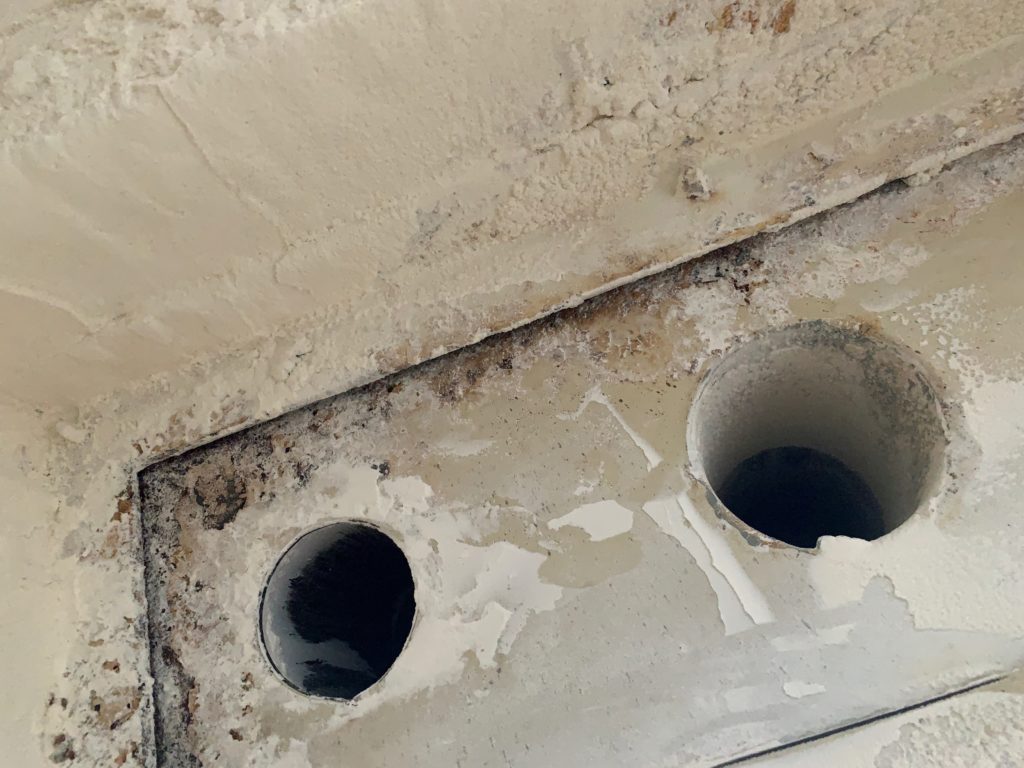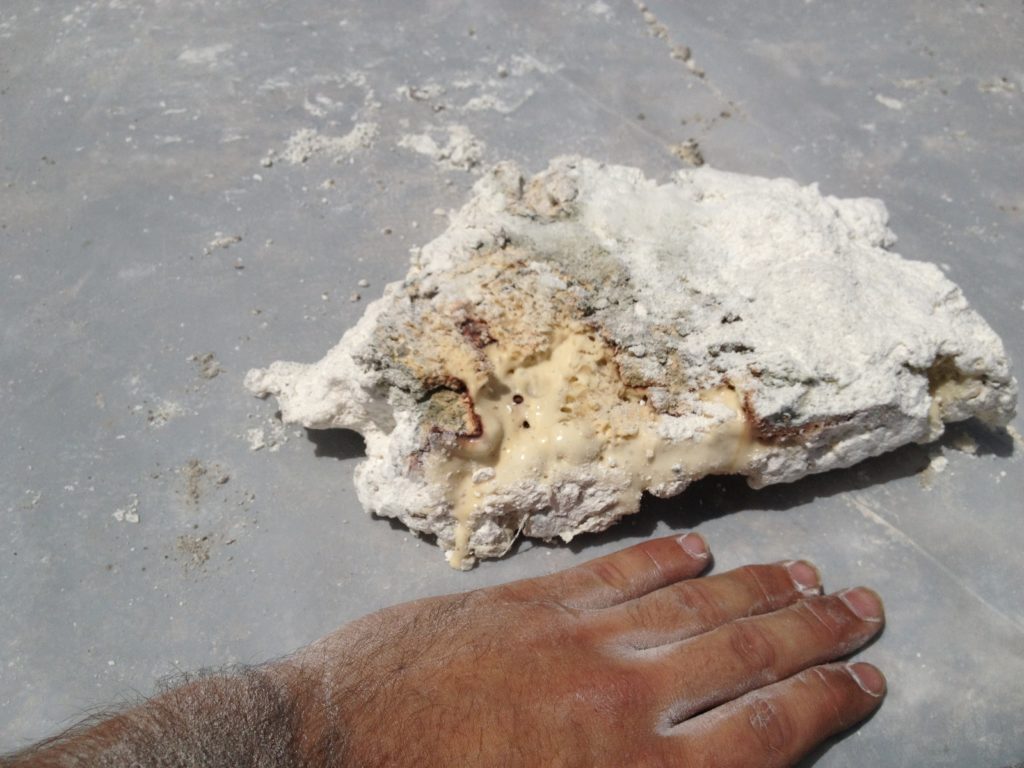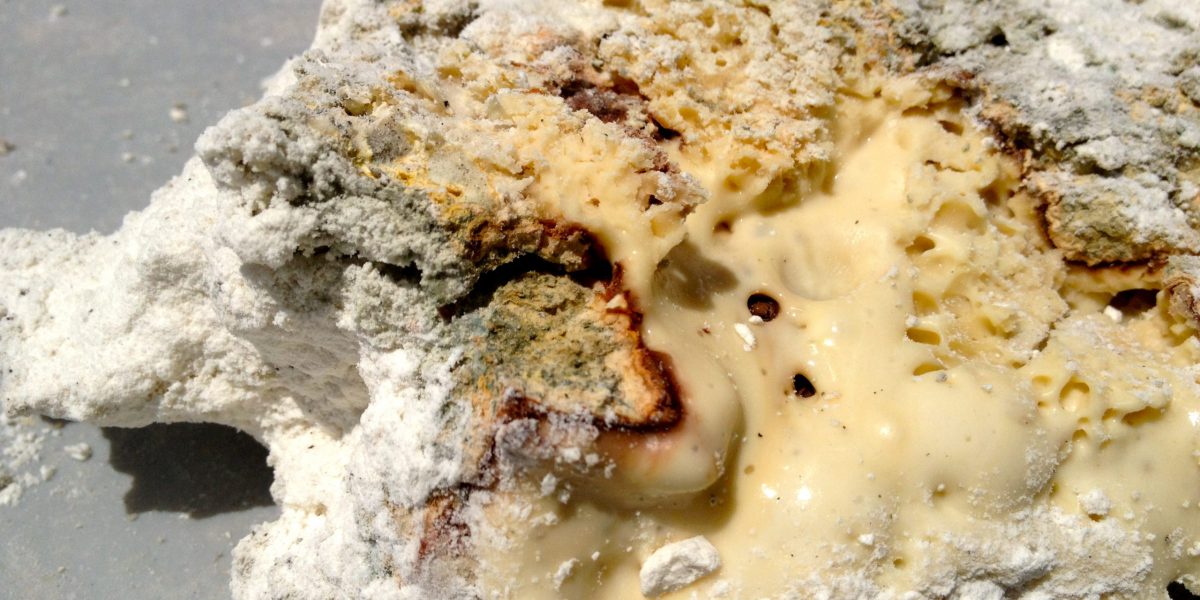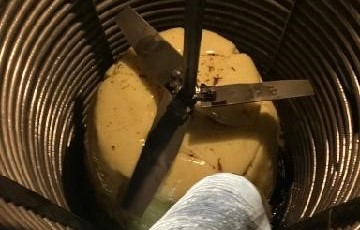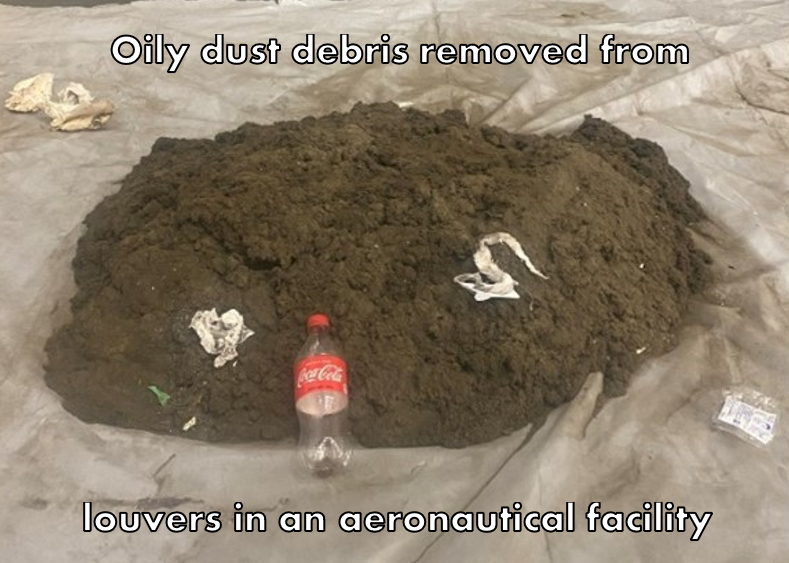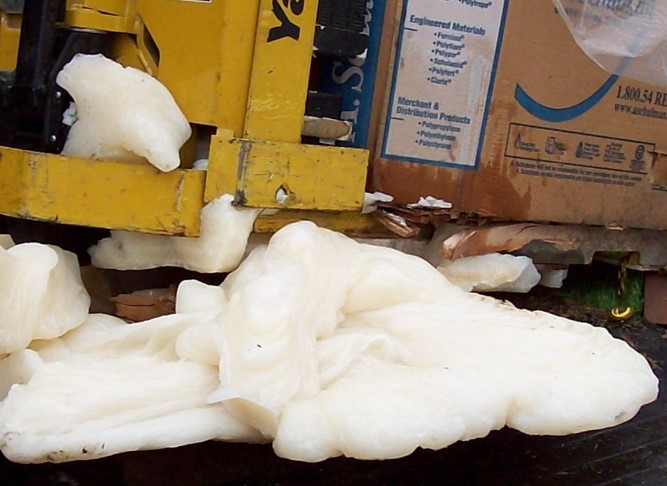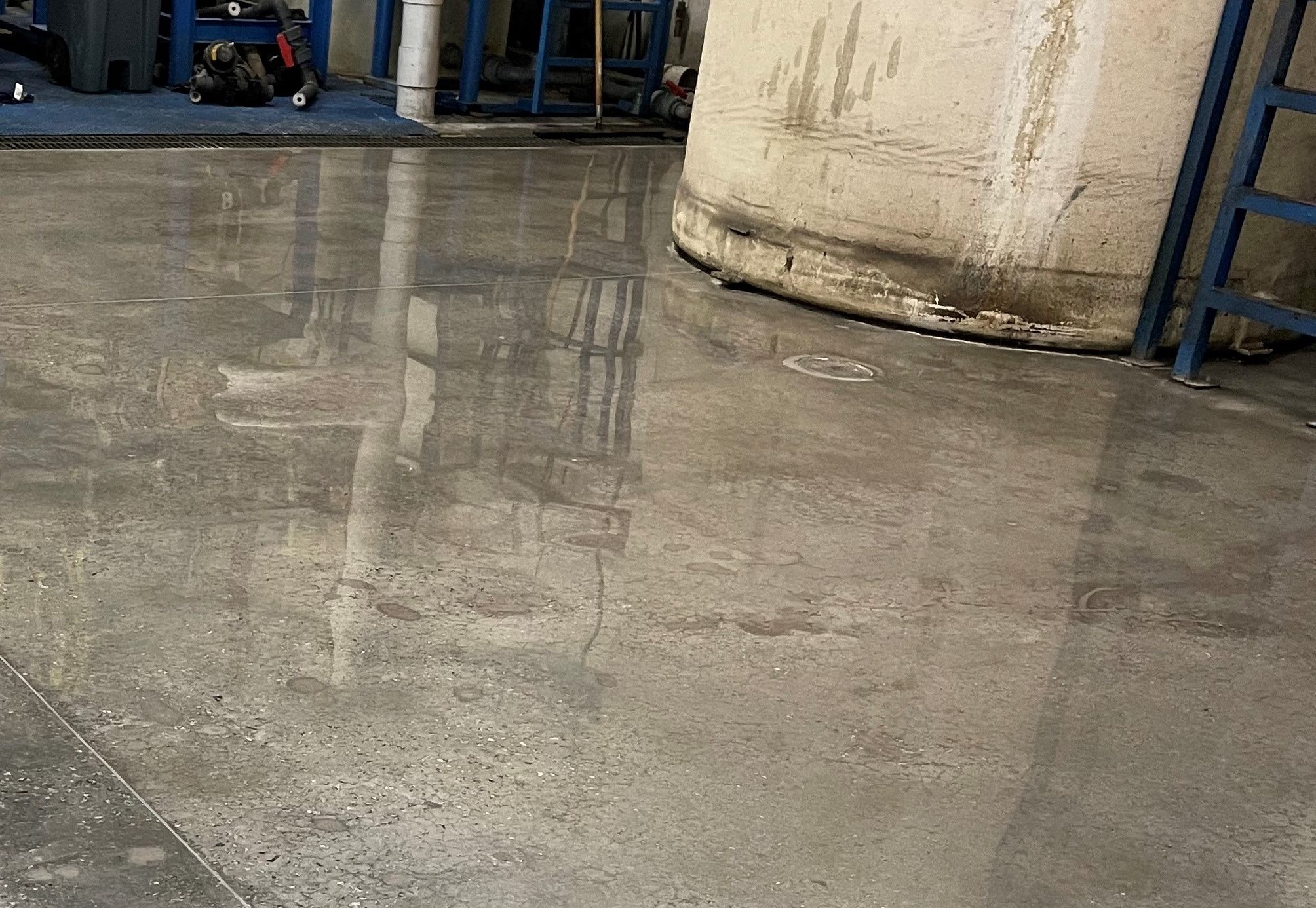High humidity in the southeast can be rough during the heat of the summer. Not only is it a challenge to keep yourself cool and dry but it can be a challenge for industrial facilities to store dry materials in outdoor silos.
How does humidity cause problems in silos?
Silos are never completely full. There is always an unfilled area at the top of the silo. That unfilled area has a name. It’s called “ullage”. Fluctuating temperatures and humidity levels change from day to night. Humidity is lower during the day and higher at night. It’s the reverse for temperature. When it cools at night, condensation forms (think of dew forming on grass in the morning). Those fluctuating temperatures and humidity levels can cause the ullage area of the silo to suffer from condensation.
Stored materials can absorb condensation moisture
Many materials stored in silos tend to absorb this condensation moisture. Grains, flour, and sugar are just a few of the food products that absorb moisture. But so does non-food products like urea, cement, and gypsum.
Condensation moisture can cause several problems in silos including:
- bridging and clumping of material
- material clinging to the silo sides
- blocking of conveyance piping
- material spoilage
In a food product silo, the combination of heat and humidity, and a food source, are ideal encouragements for mold growth and the possibility of an insect infestation during the hottest days of summer.
Cleaning silos can minimize mold and insect pests
Inspections and routine sanitation and silo cleaning of food product silos are key to minimizing mold and insect pests. Other silos can benefit from the same routine inspections and silo cleaning as well.
Blackwell’s, Inc. offers silo cleaning throughout the southeastern United States. We are OSHA certified and are experienced in confined space cleaning.
